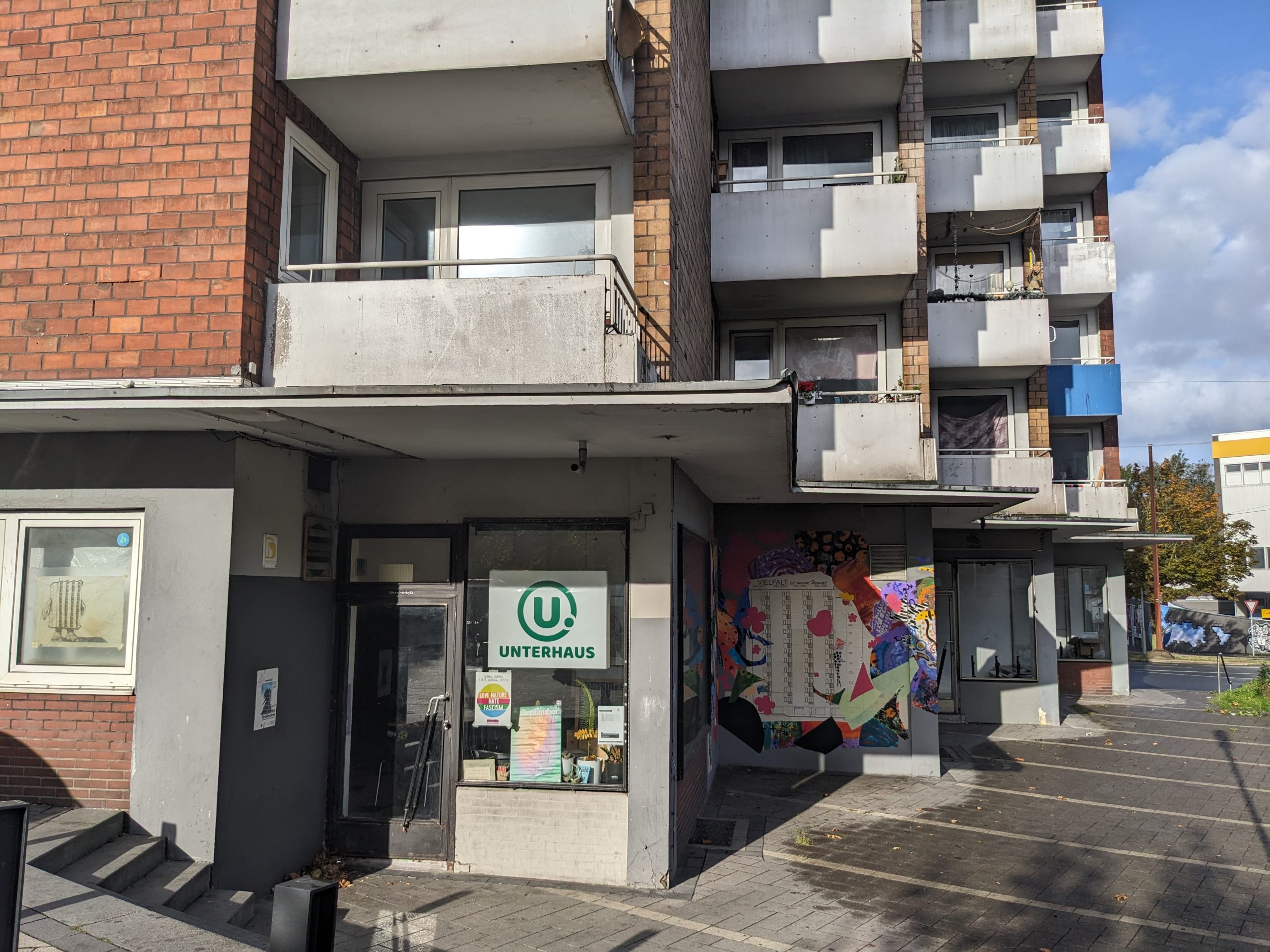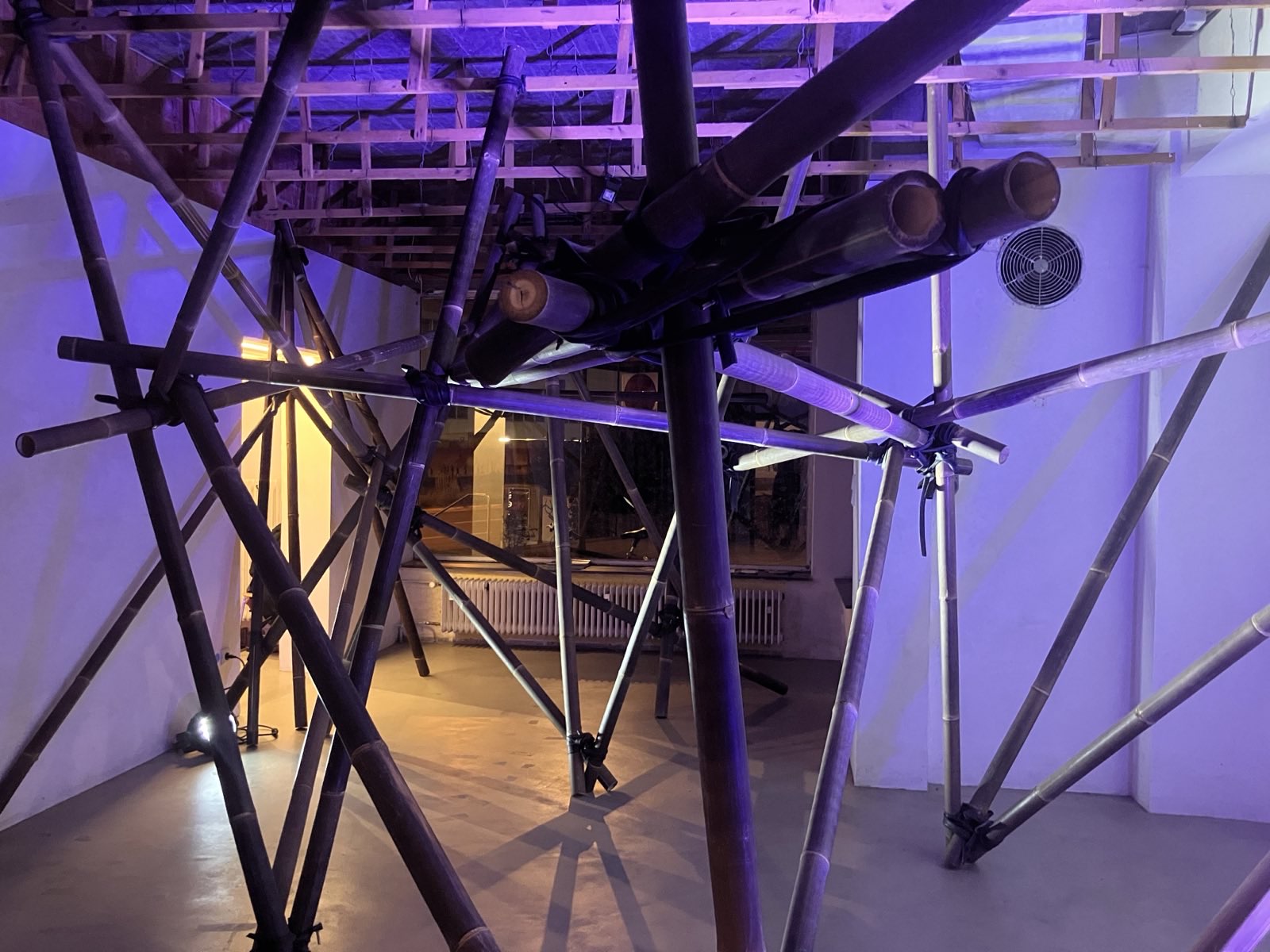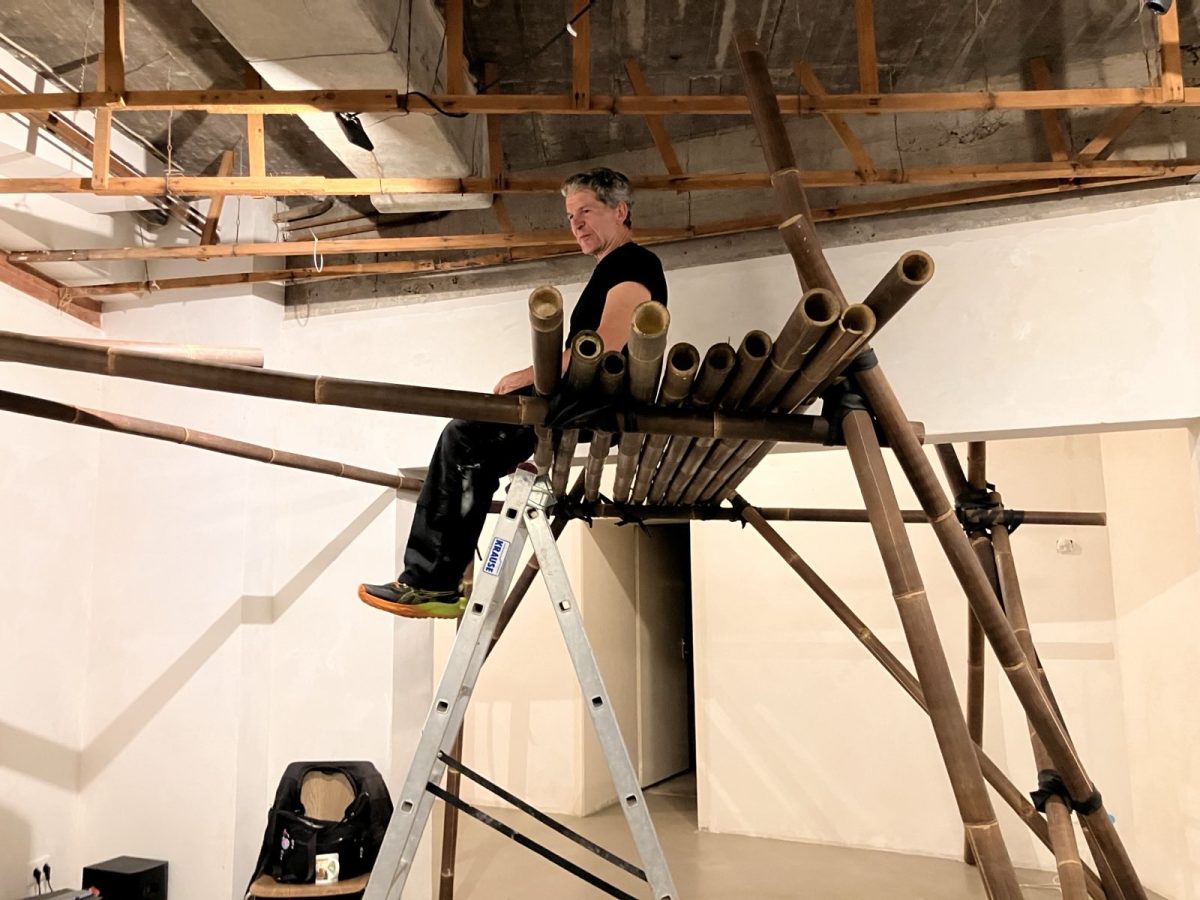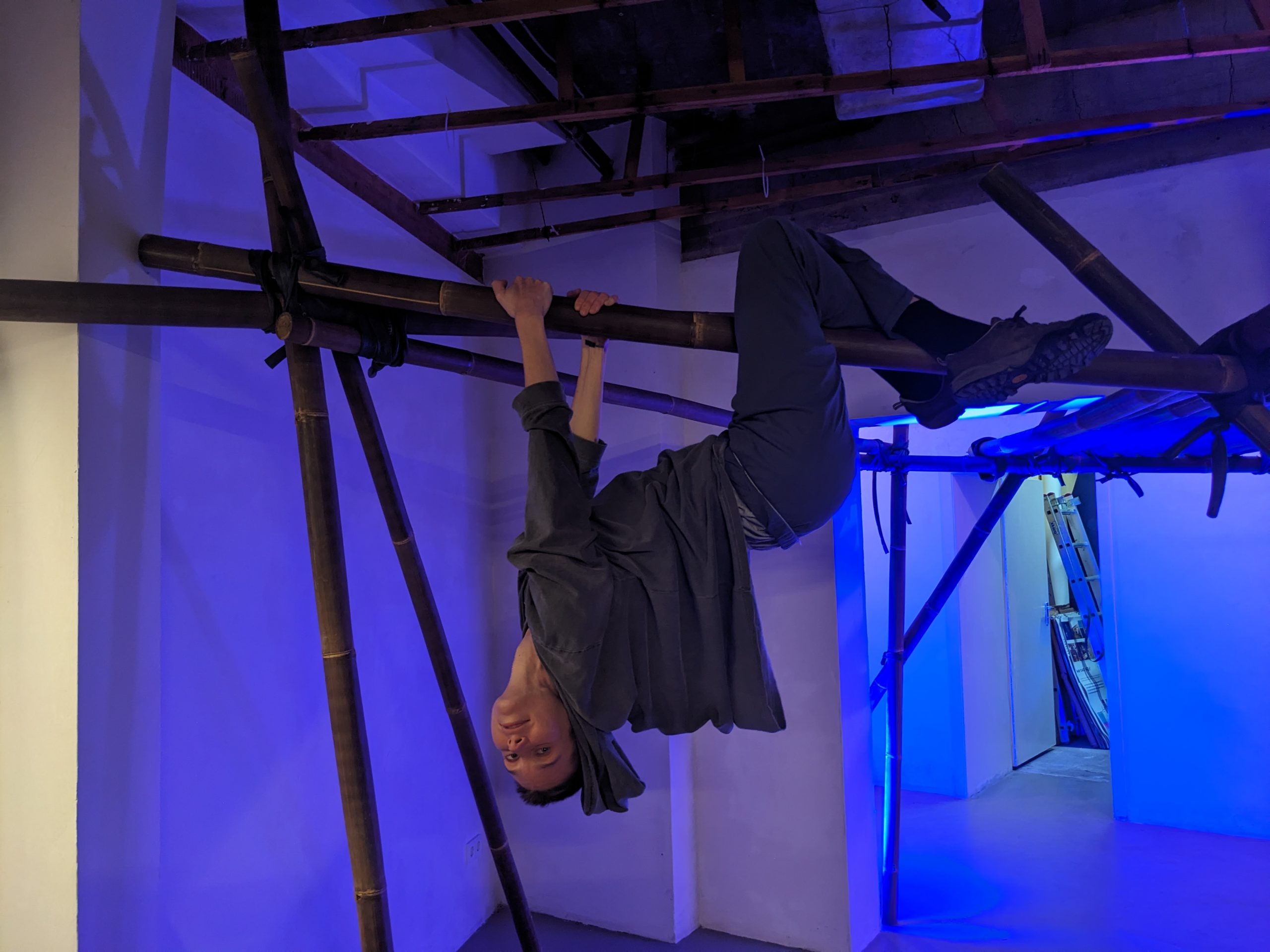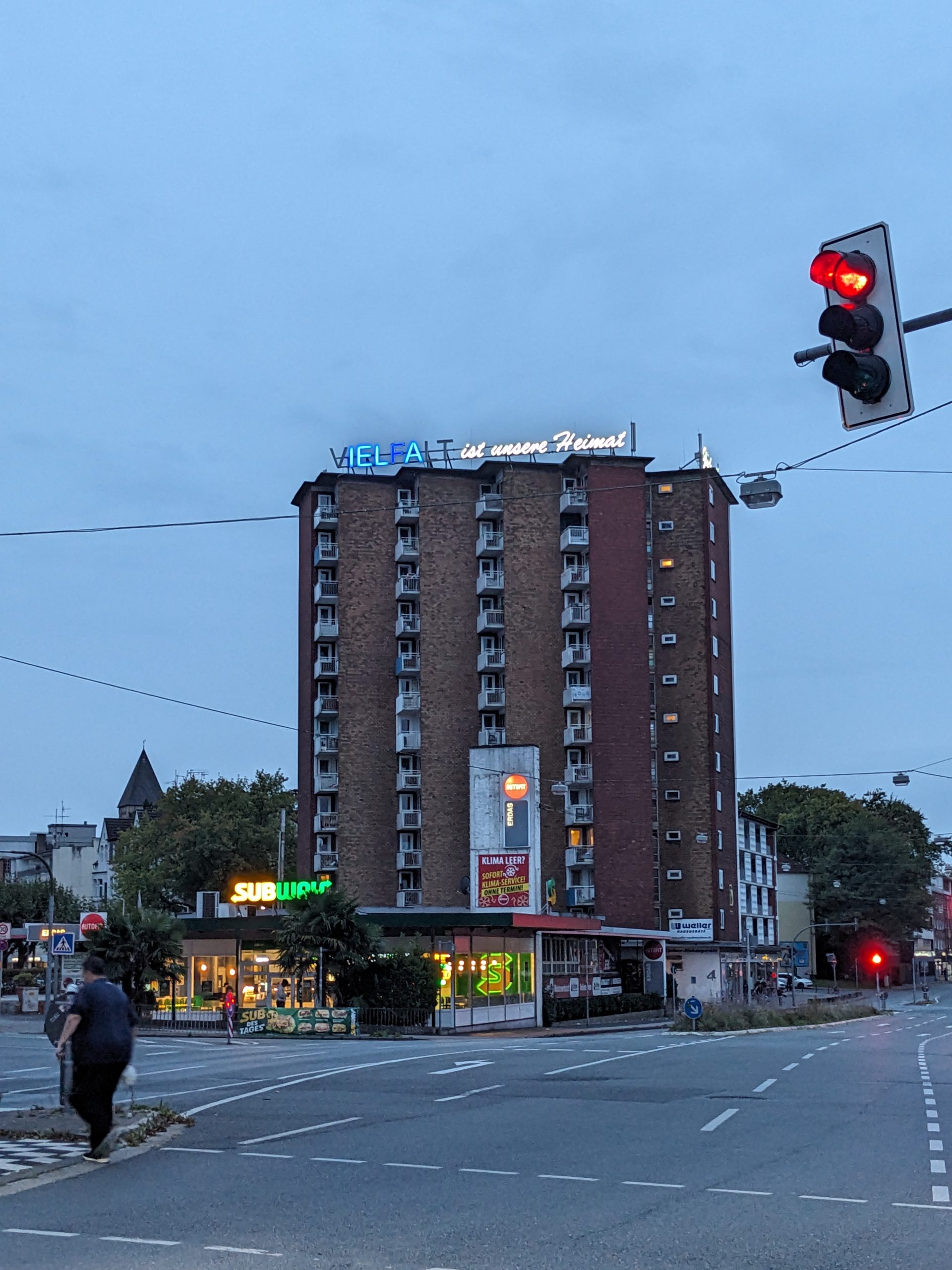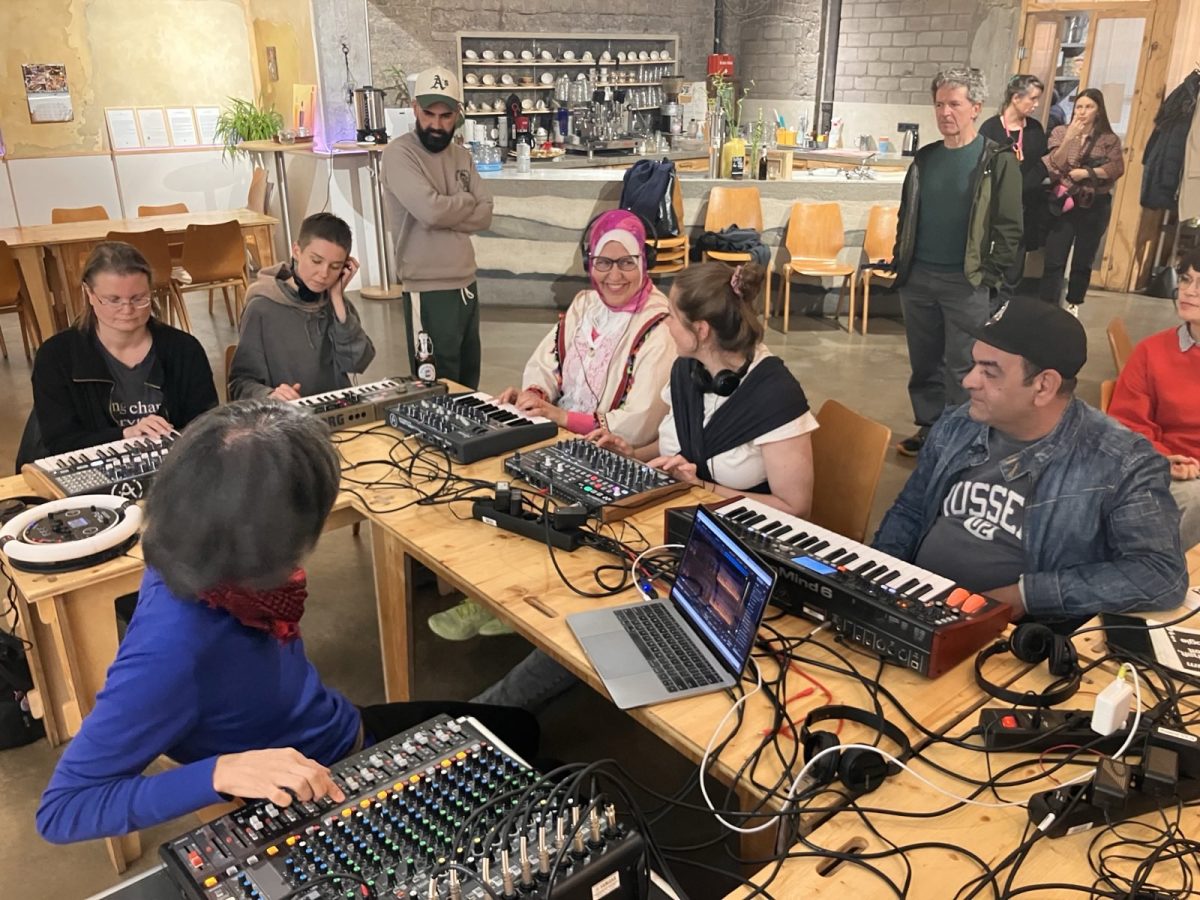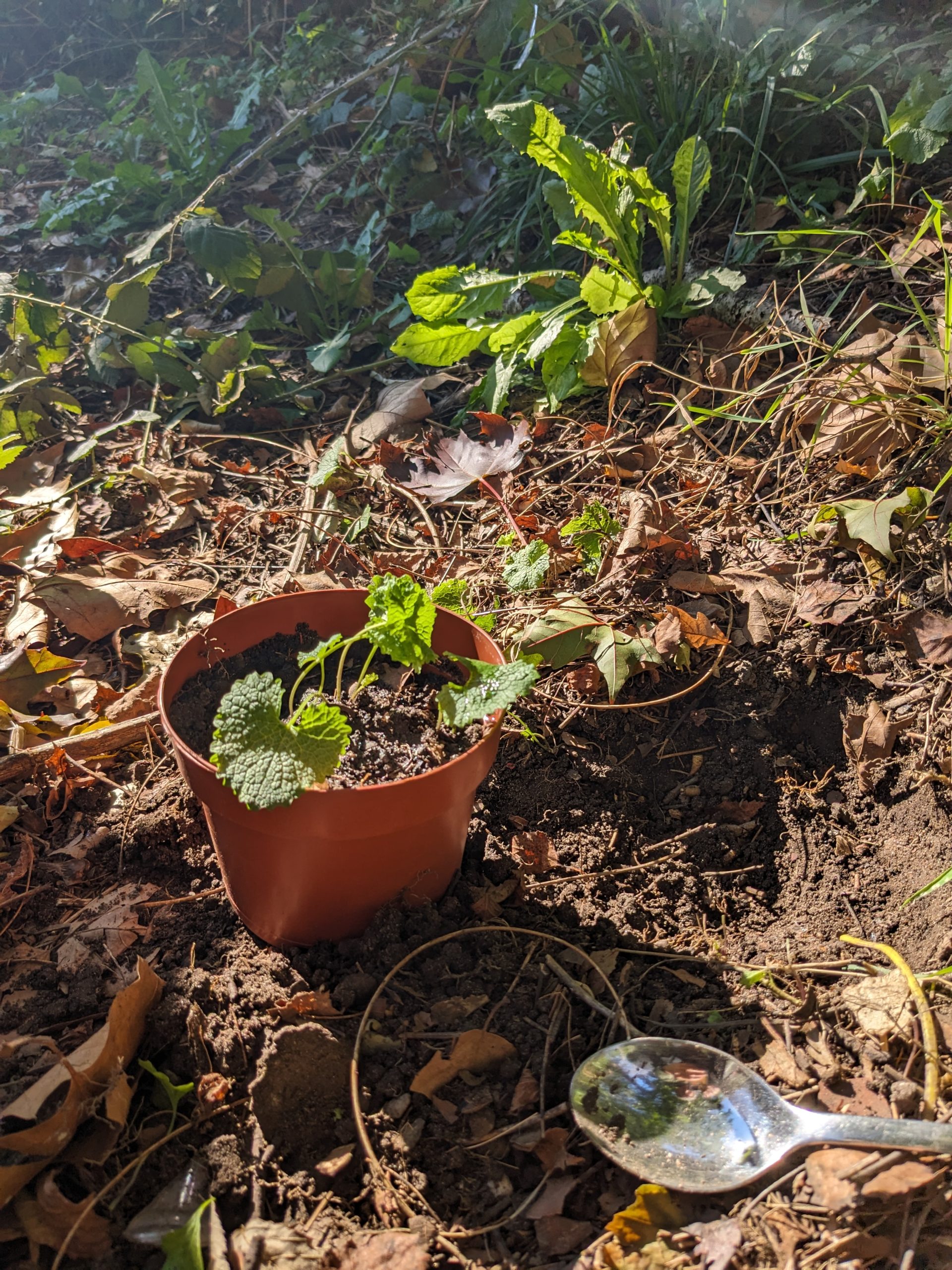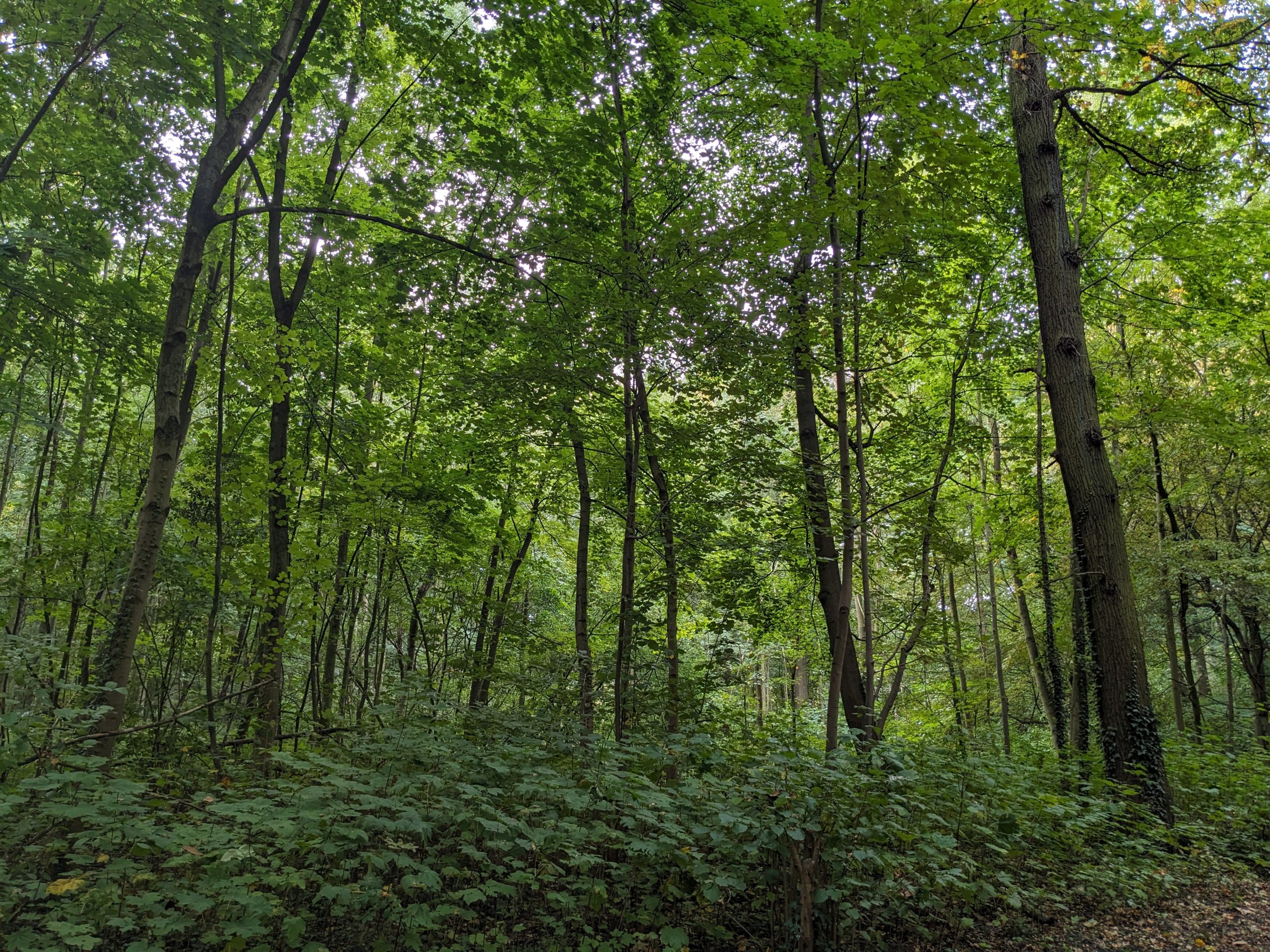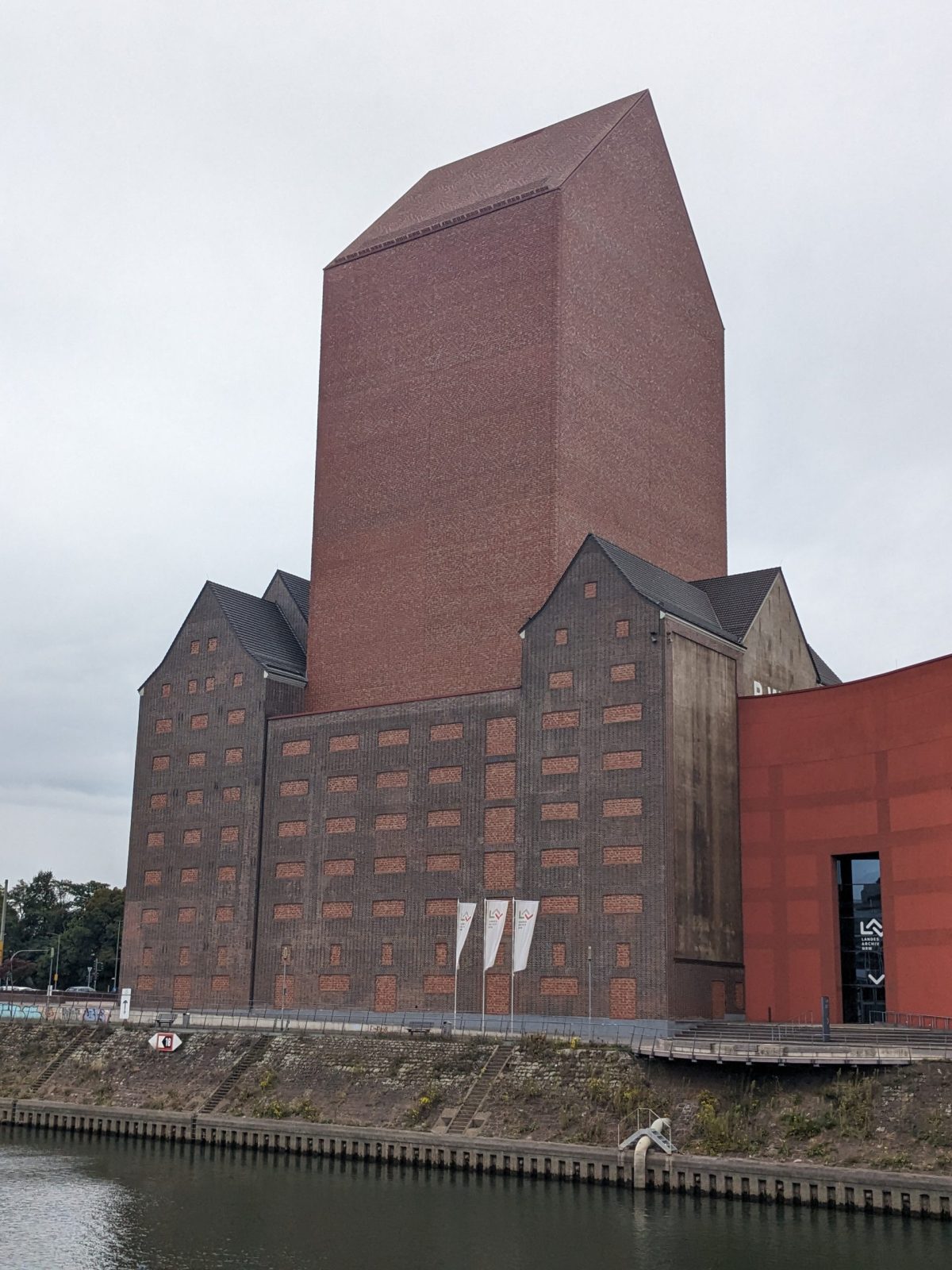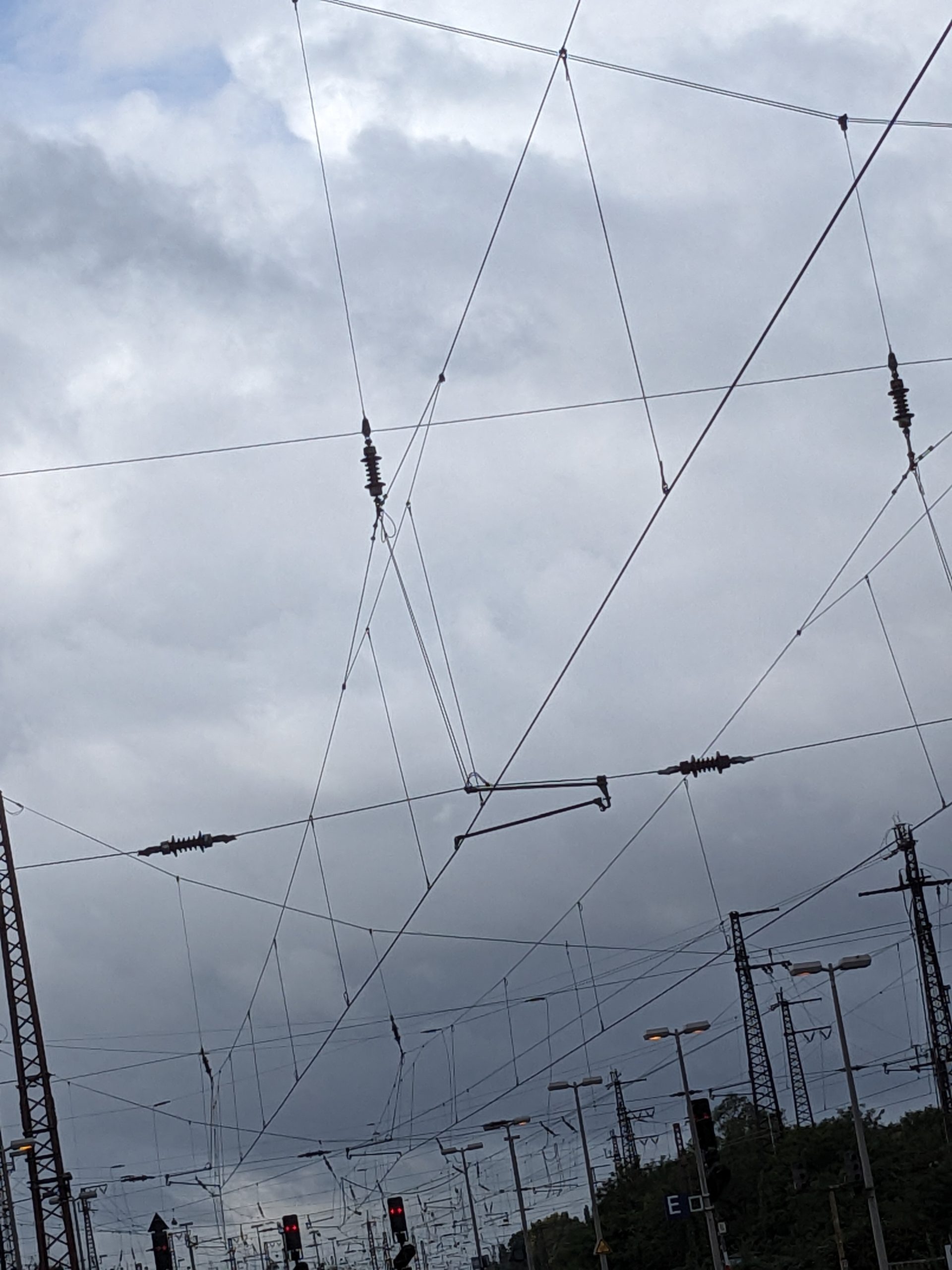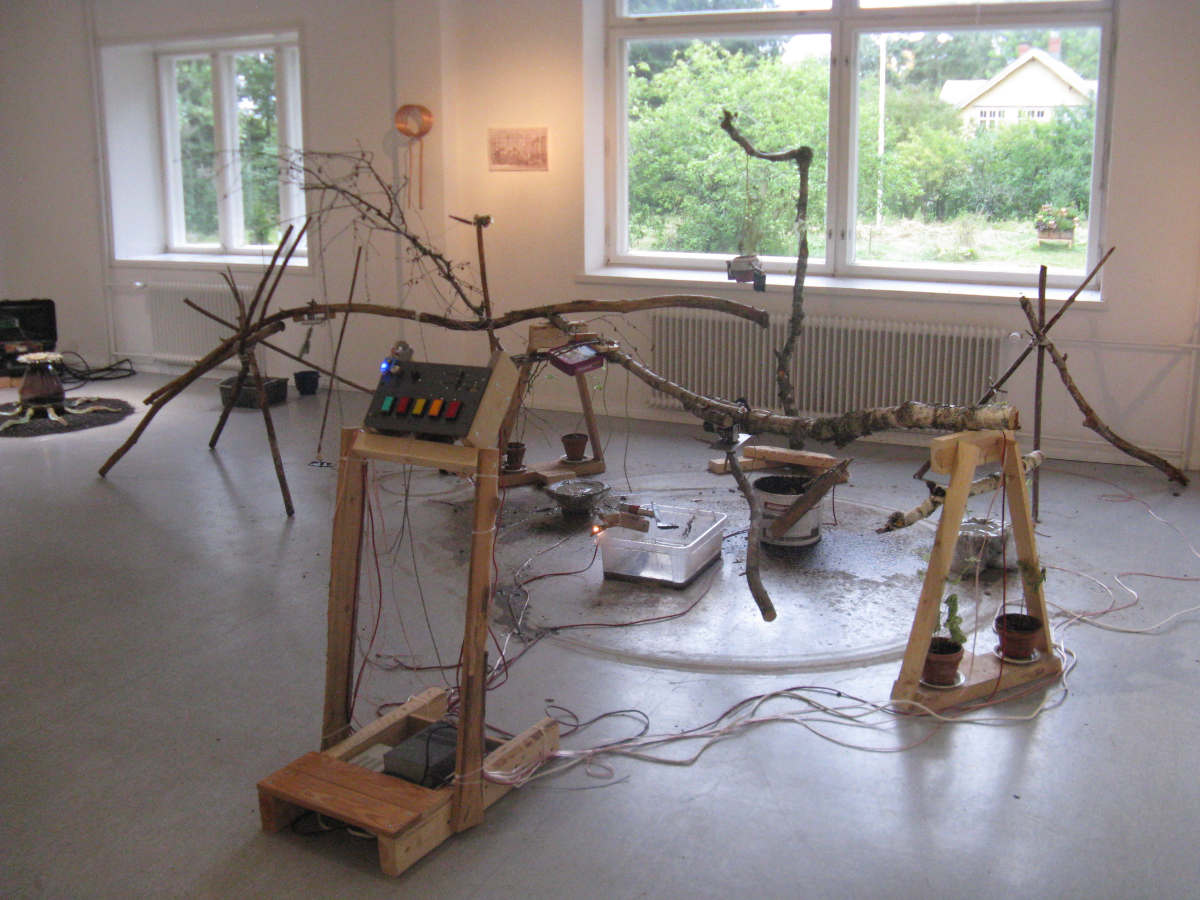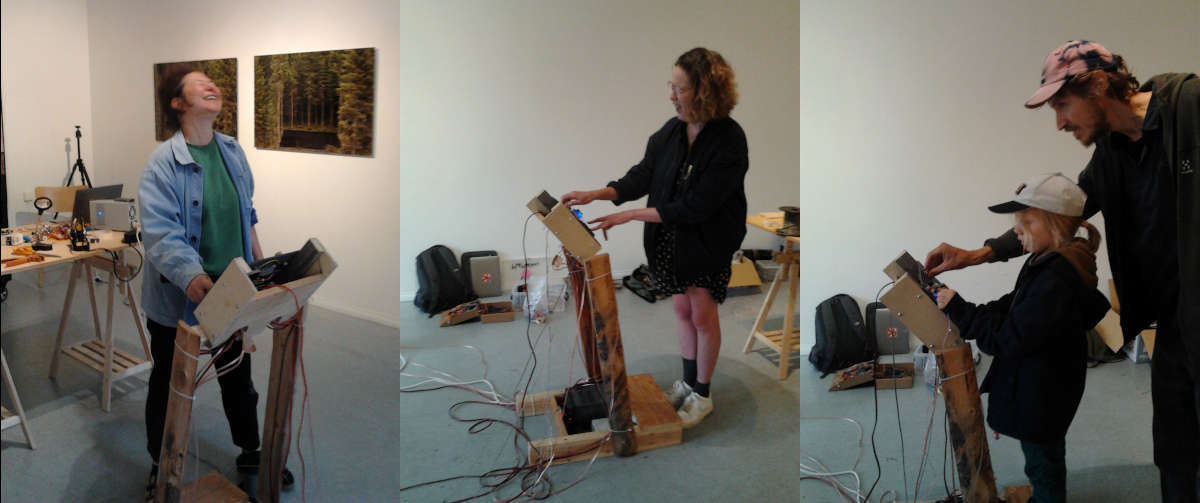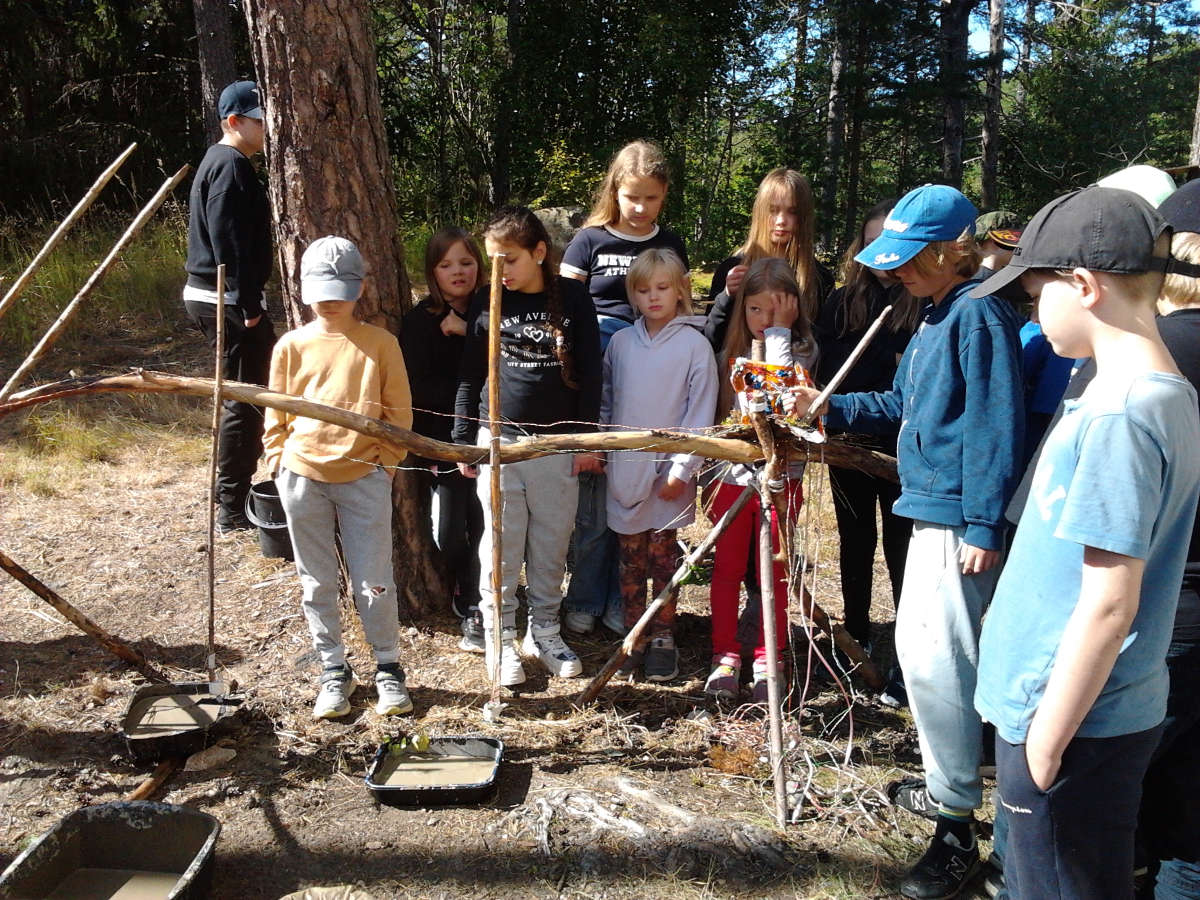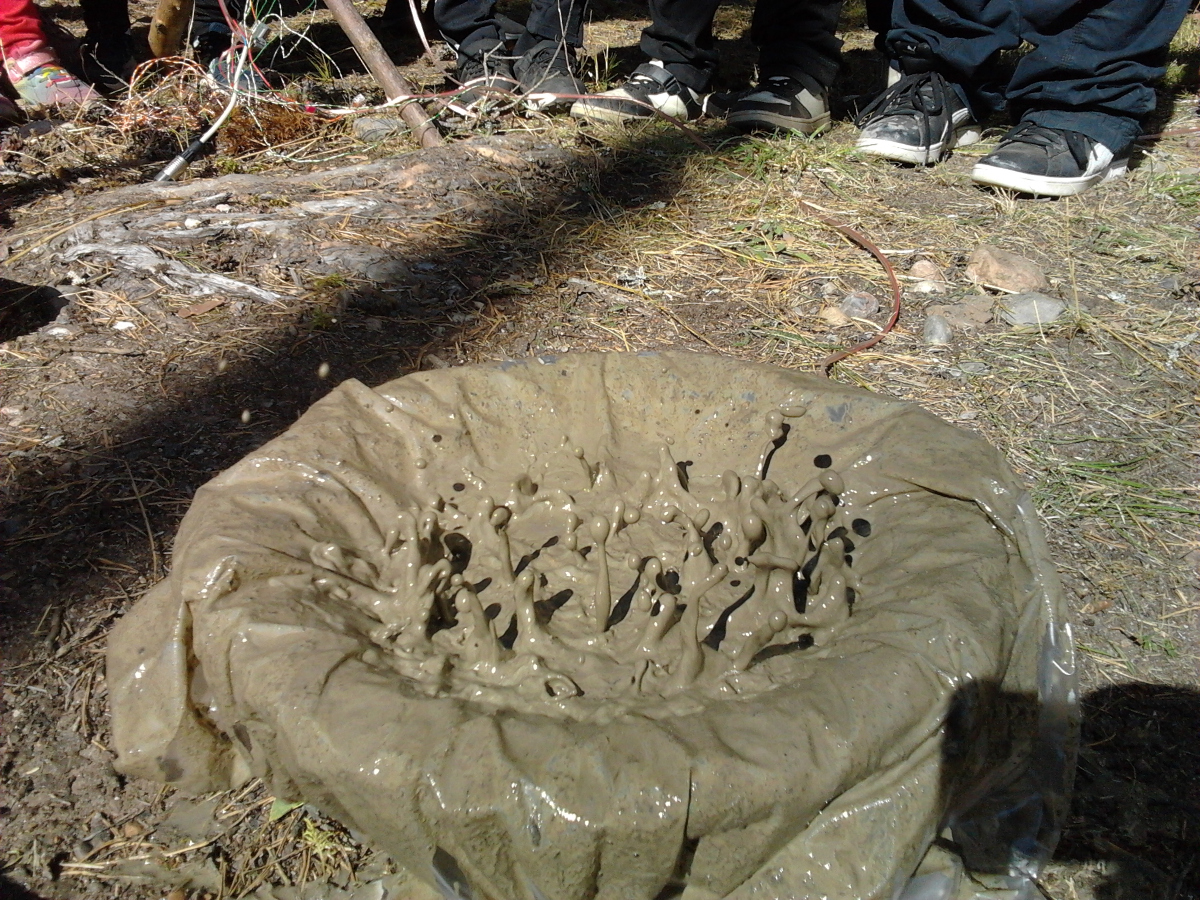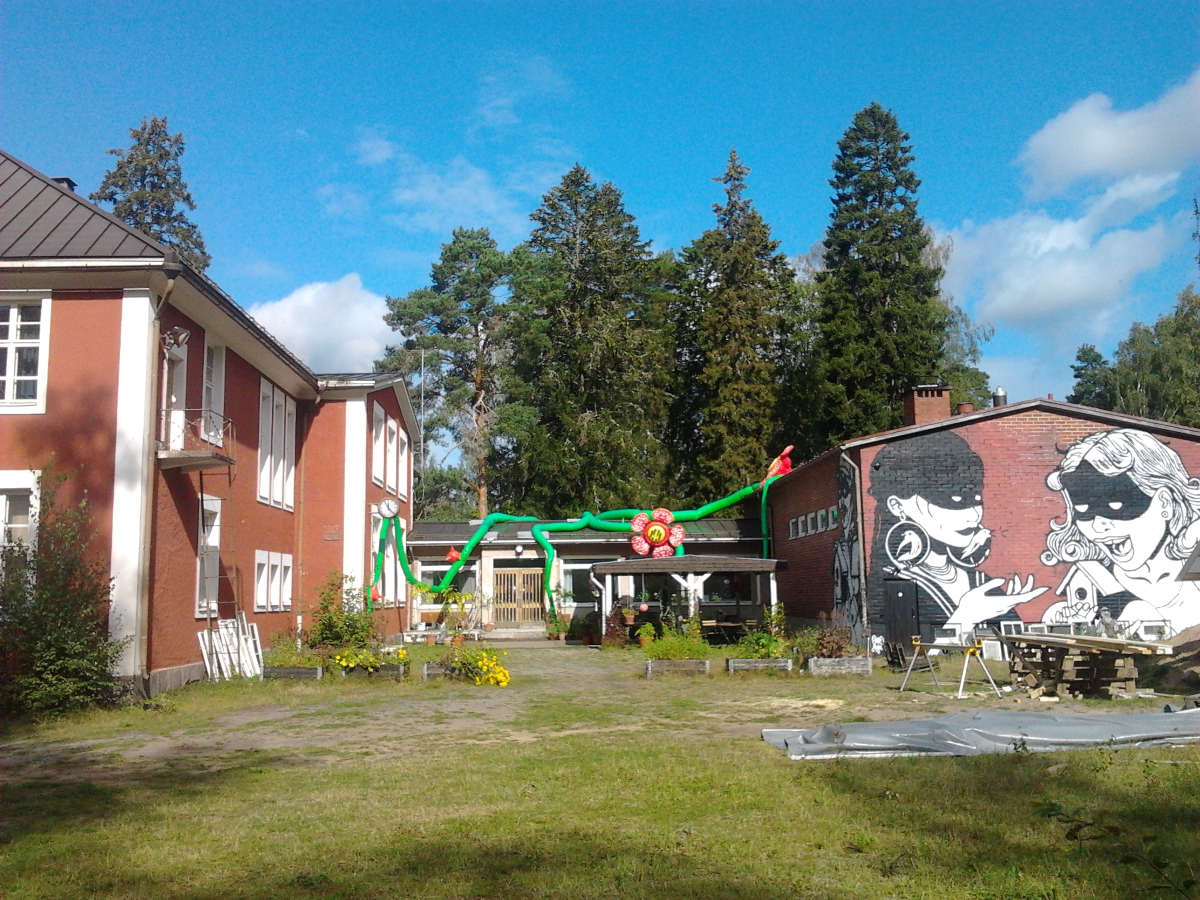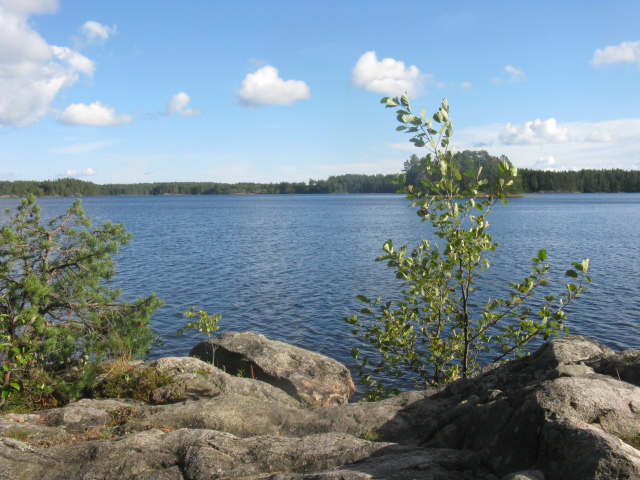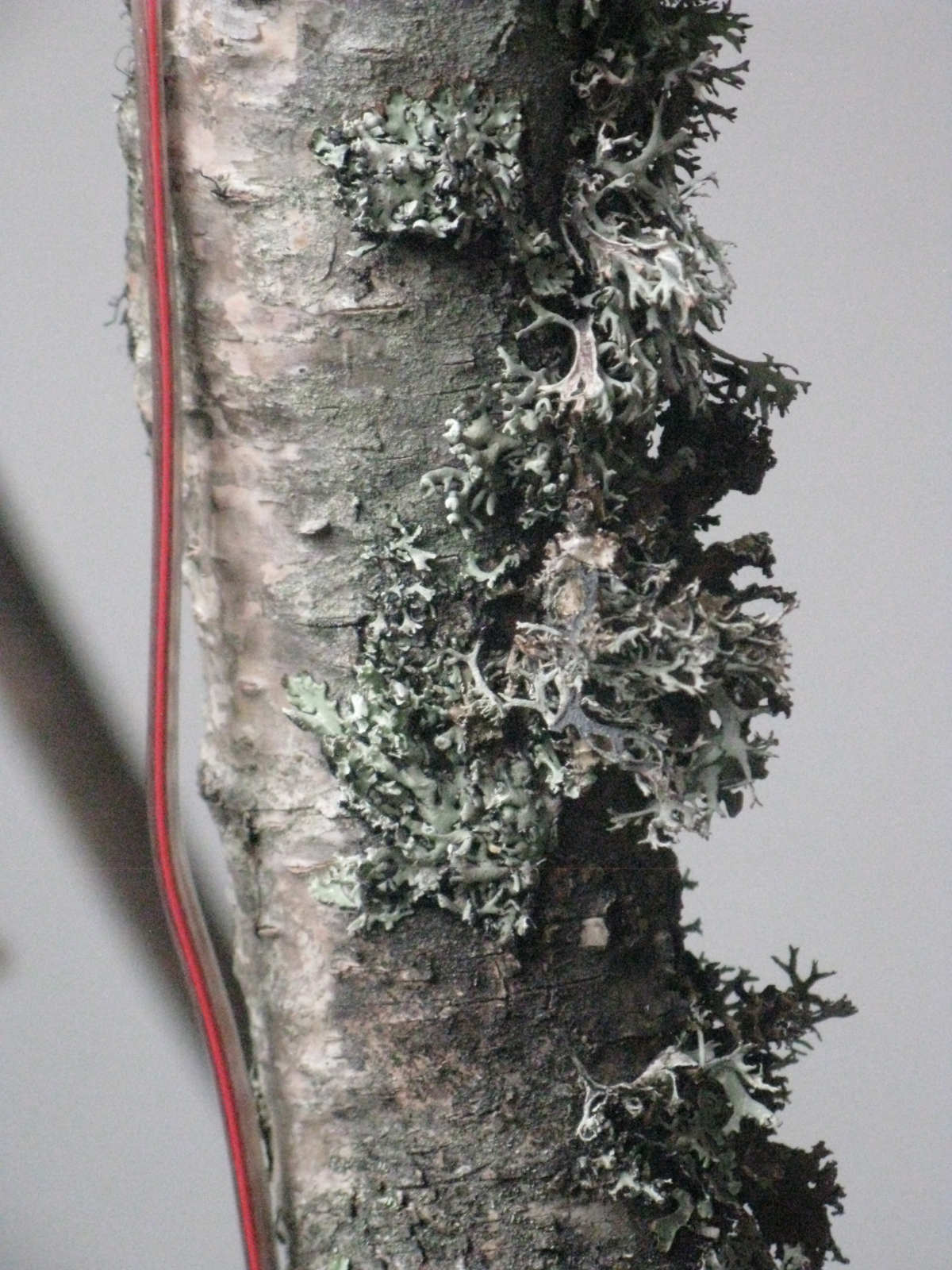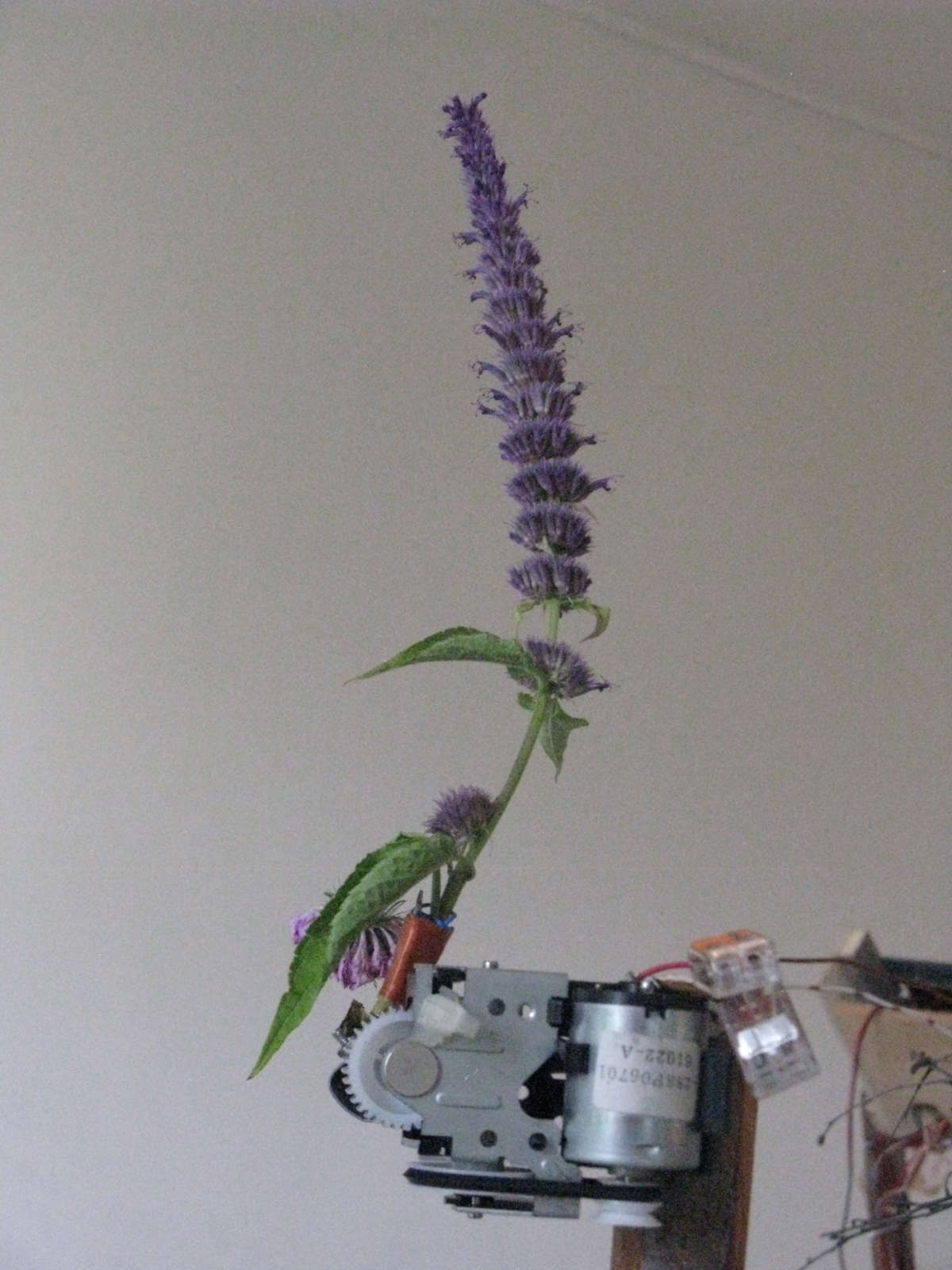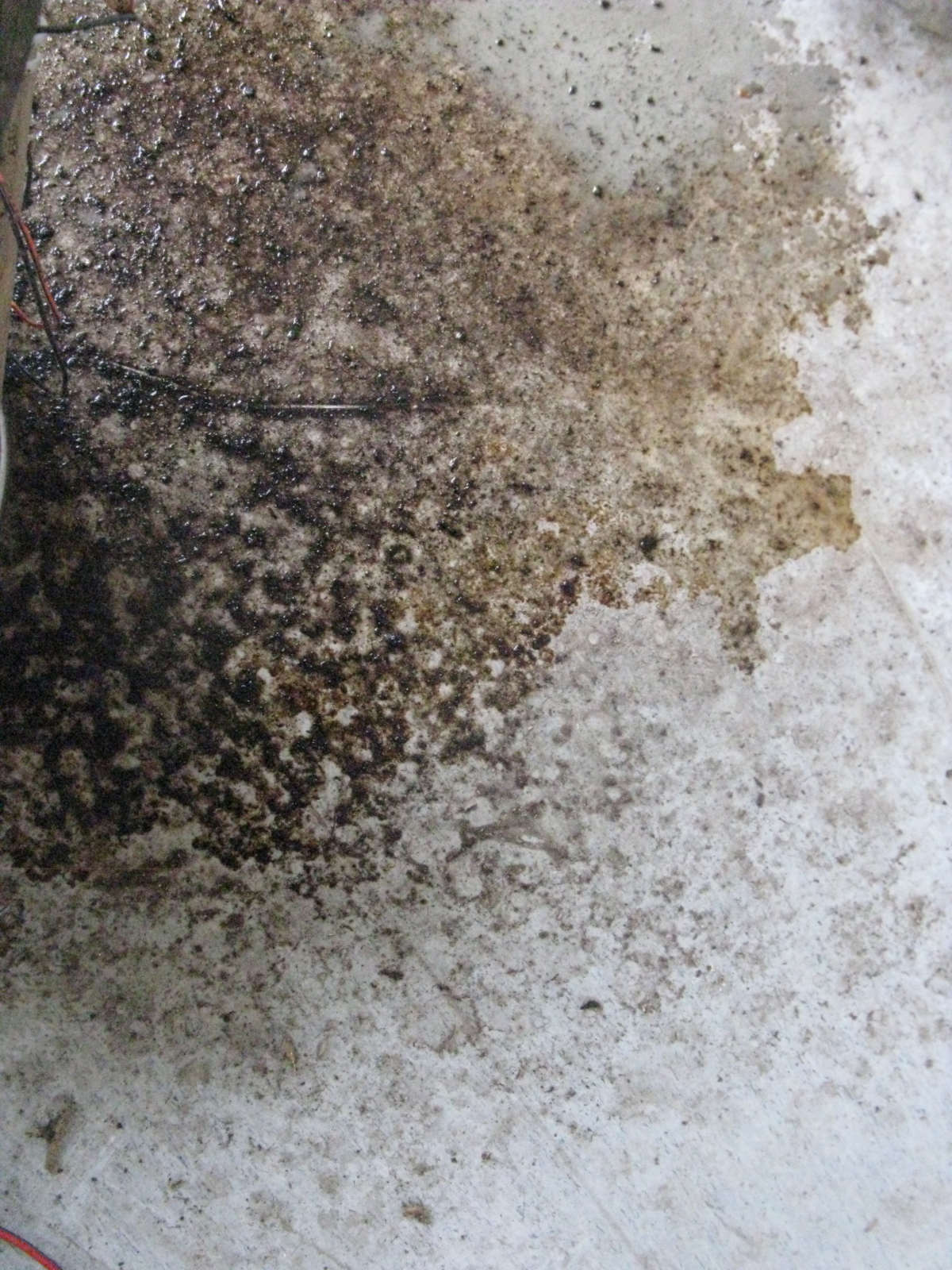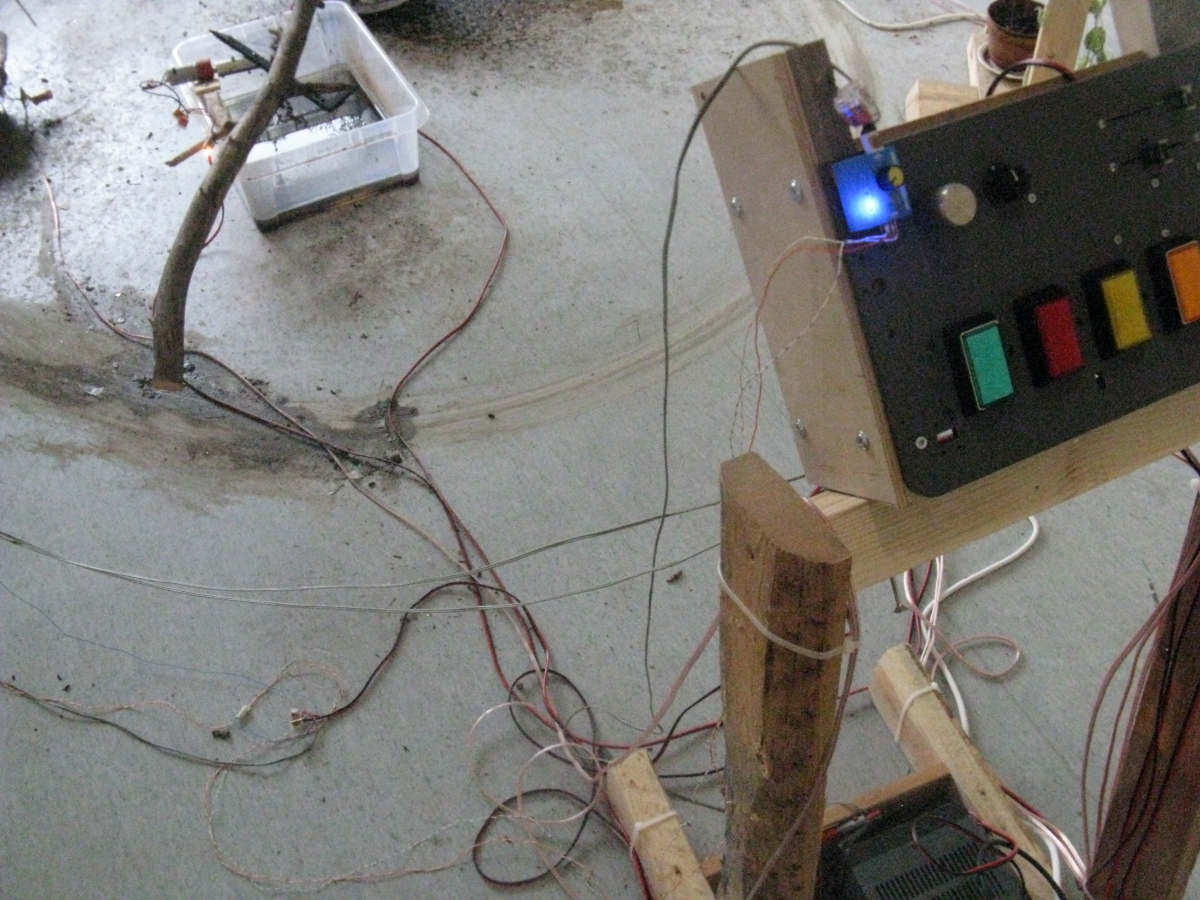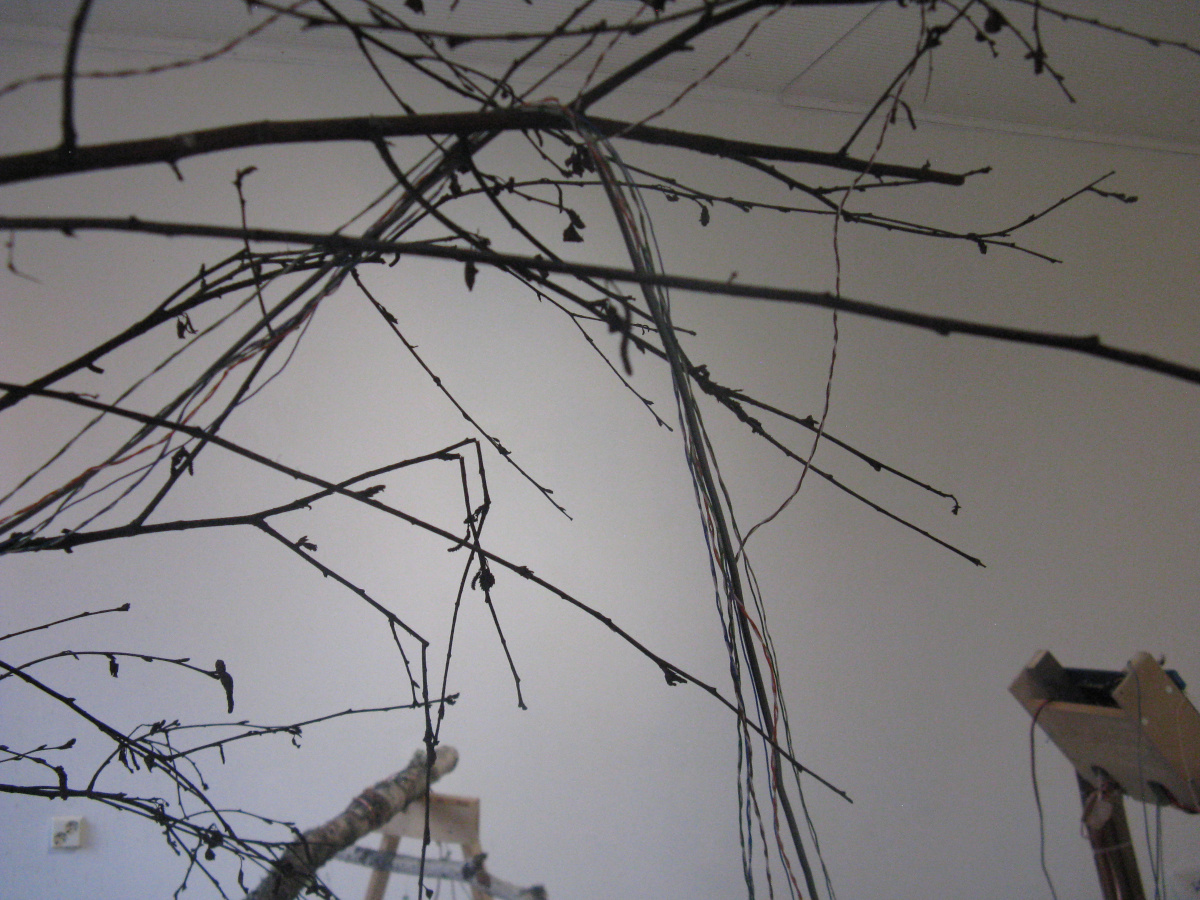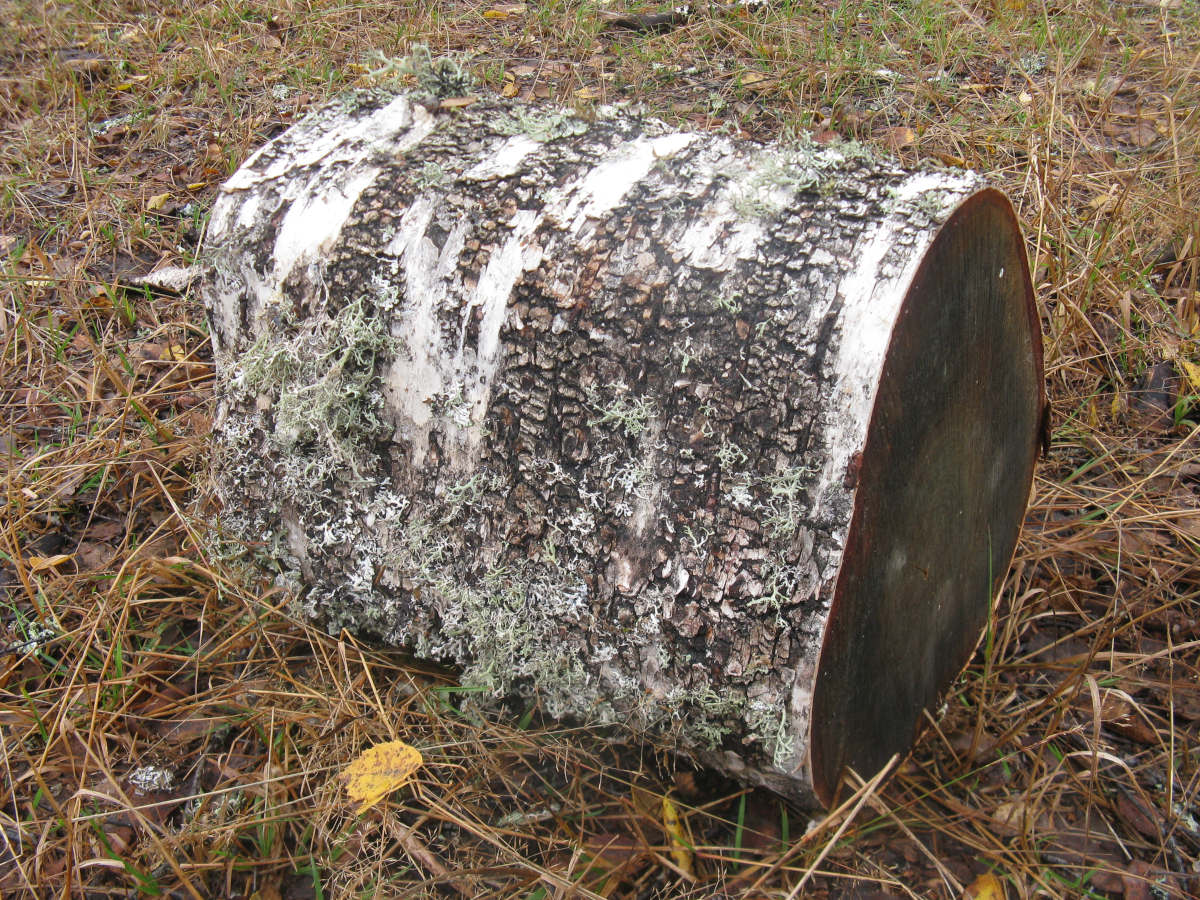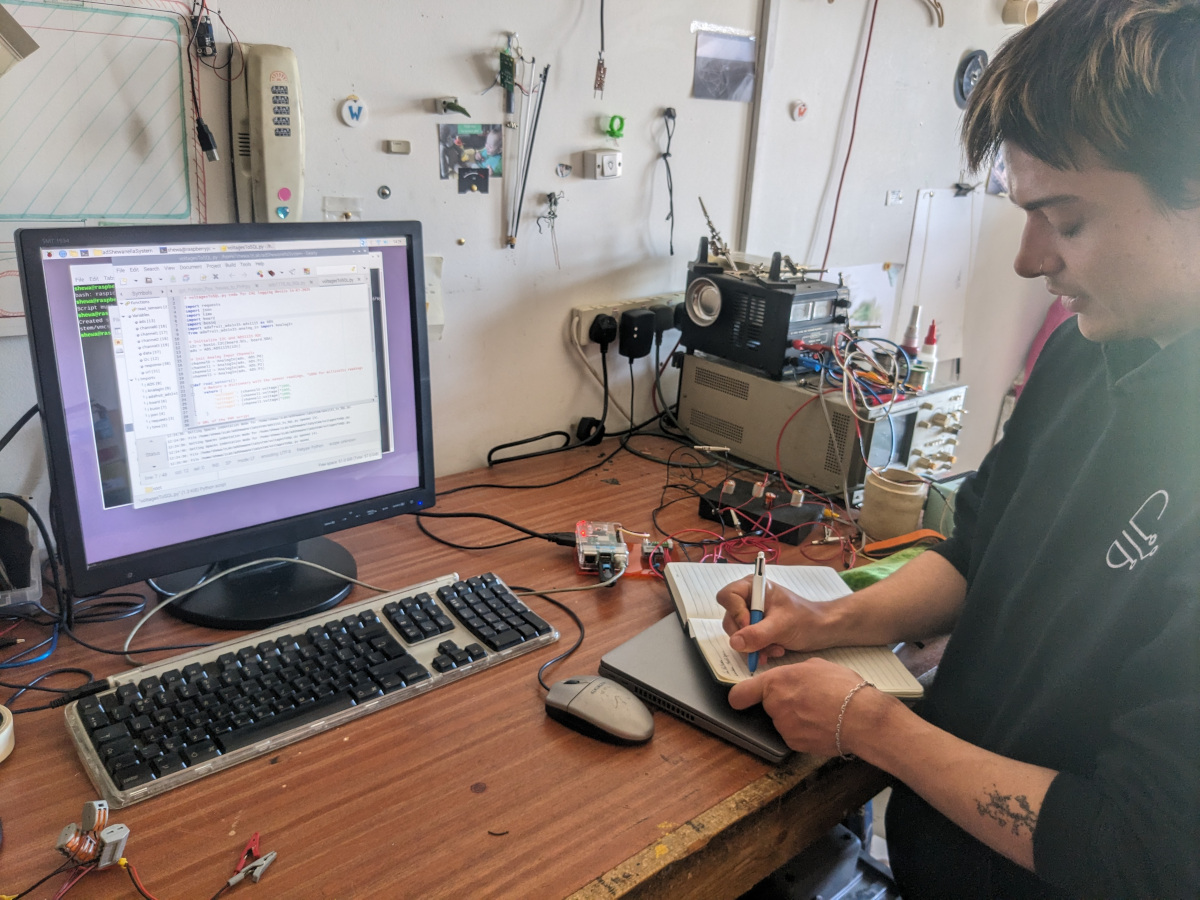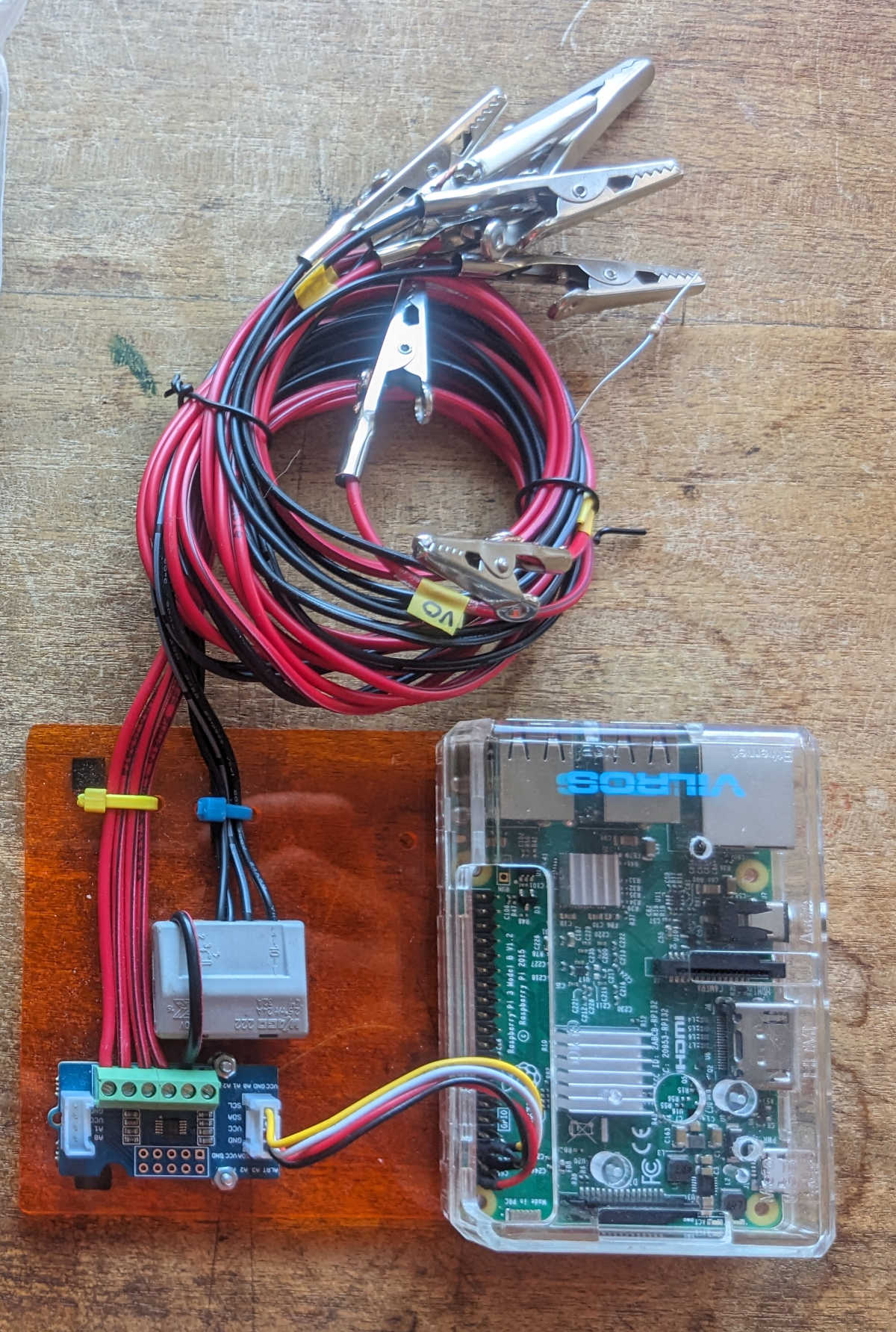Soil of Ecological Union
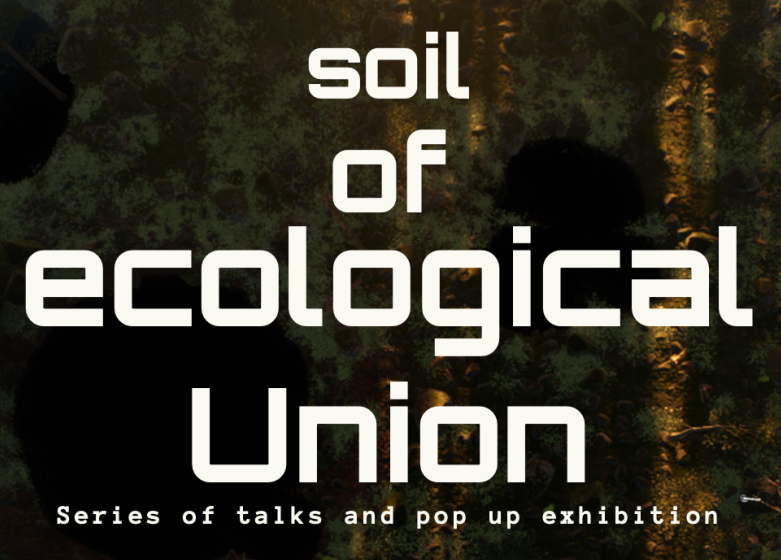
On the Eurostar back to to the UK after spending a few days in Oberhausen Germany for the Soils of Ecological Union Symposium. Over the last few months, invited by ace Ukrainian artists-curators Natalia Matsenko @uncertainata and Yuri Yefanov @yuri_yefanov, we have engaged in fruitful online exchanges with Lisa Biletska @lisabetska, Jana Kerima @janakerima__, Lex Ruitten @lex.ruetten_, Lina Kusaite @linakusaite8, Vite Joksaite @vitejoksch, Margo Zalite @margo_zalite on the topic of soil and art.
Starting with soil and the utopian ideas around it, we moved on to discuss ecology and technology, non-human life, community awareness, urban nature, gardens and forests, art and activism, inevitability, optimism and the apocalyptic mindset.
The project concluded when we all met in real life for the symposium on October 2nd at the Unterhaus gallery @unterhaus.ob kitev.
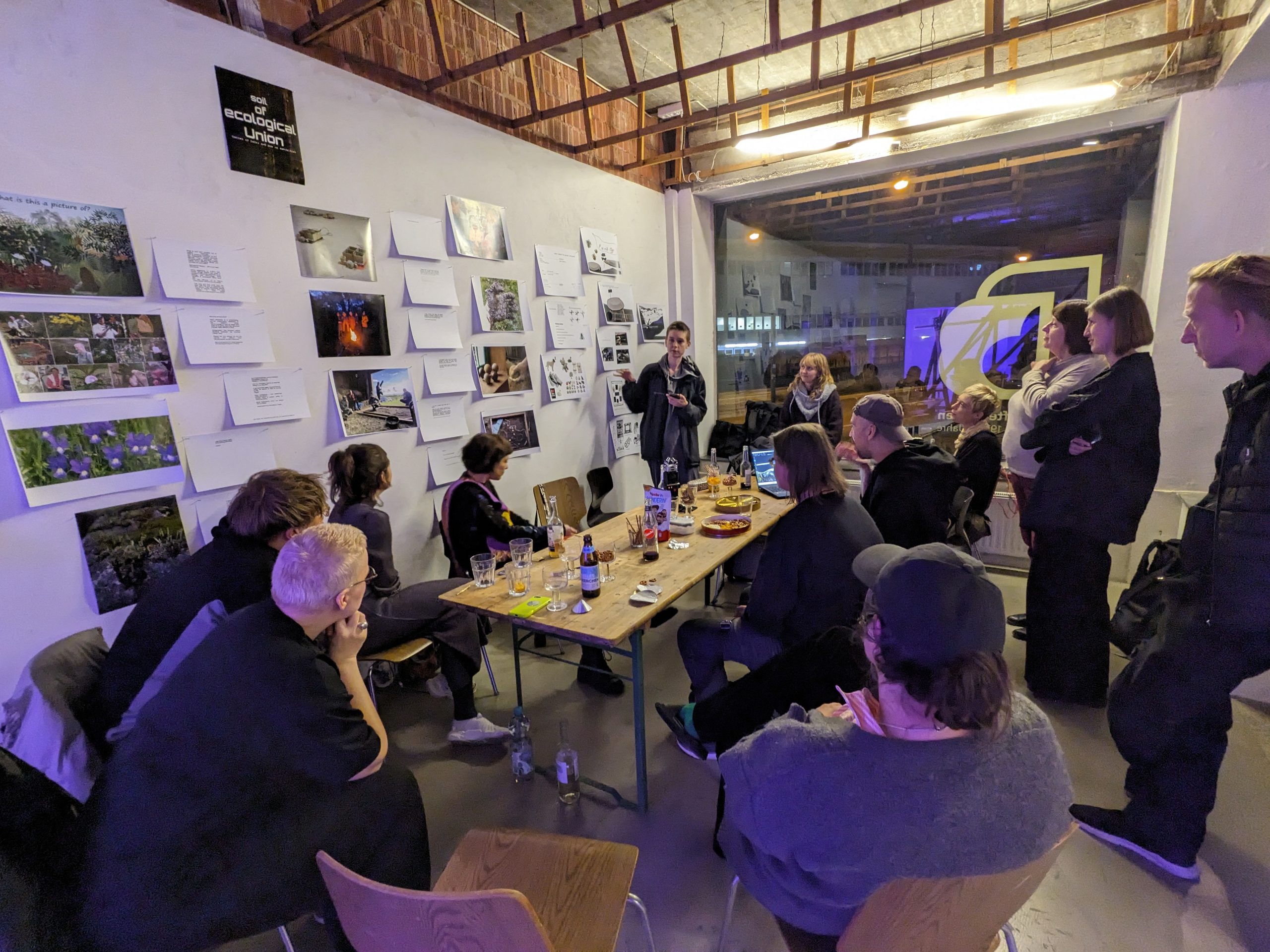
The whole operation was managed by Kitev @kitev.de. Kitev (Kunst Im Turm ev) is a well established poly-function community art centre located in the former water tower of the central station in Oberhausen. It features residency spaces, offices, a cafe/kitchen/workshop area and the shared Unterhaus gallery nearby where we had the symposium.
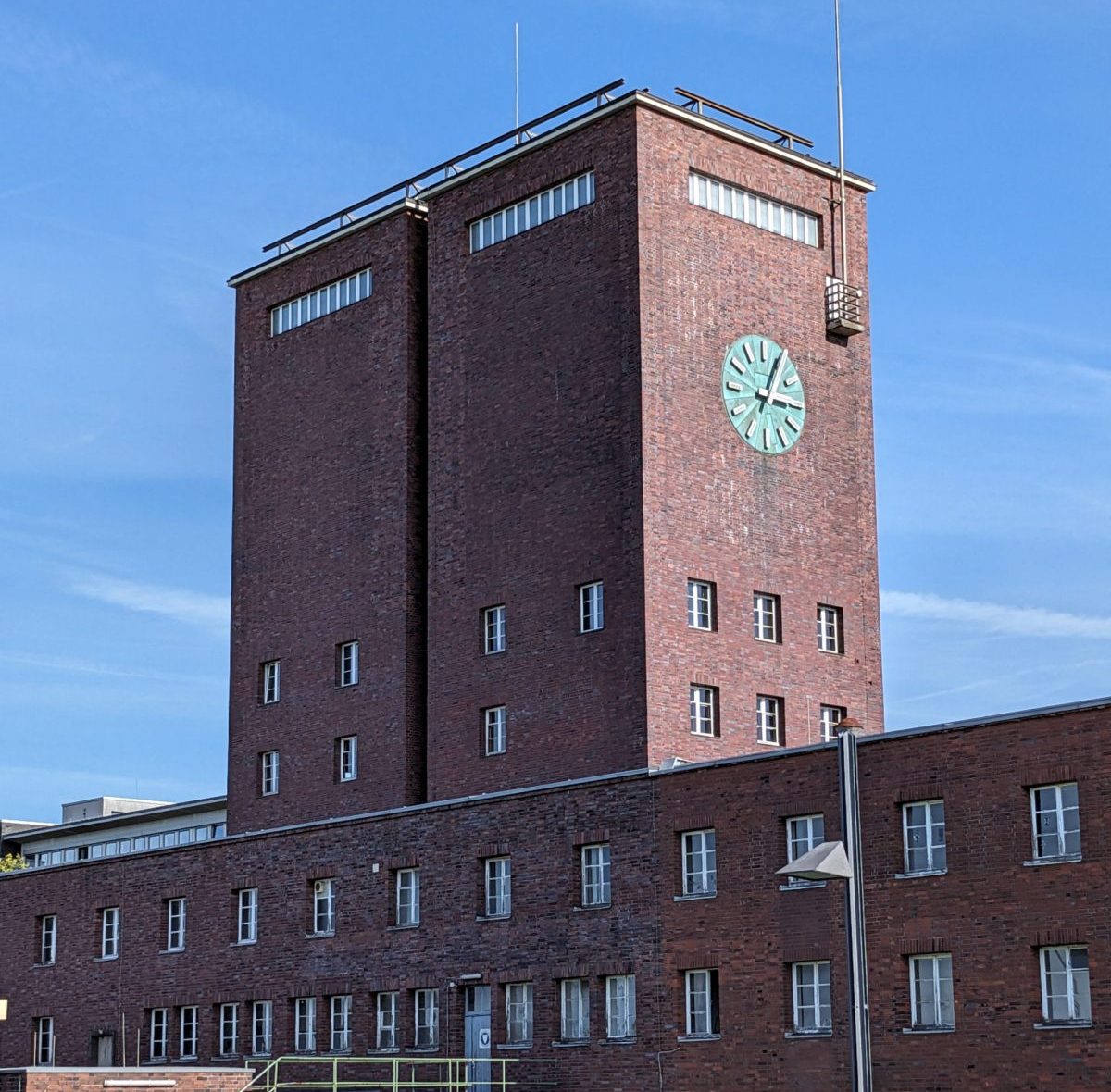
During my stay artist in residence Margo Zalite ran a bamboo architecture workshop, a synthesizer community workshops and a public conversation on Art of the Palliative Turn, a notion developed by artist Olav Westphalen.
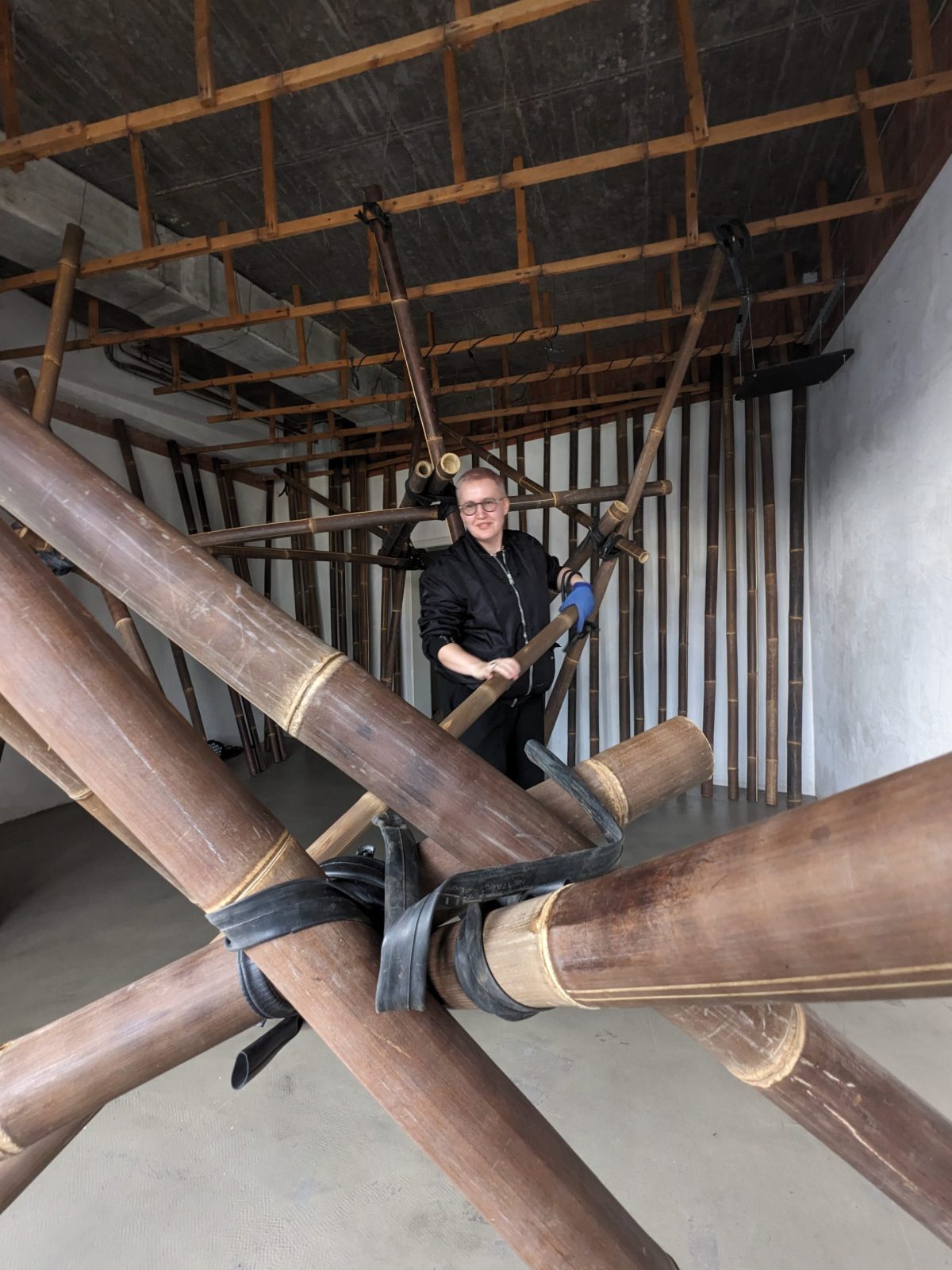
Kitev also hosts the Refugee Kitchen ran by a team of refugee women who cook and serve delicious meals to the public several times a week, reversing the image of the refugee queueing for food at a humanitarian facility. Also robotic workshops for children on Fridays.
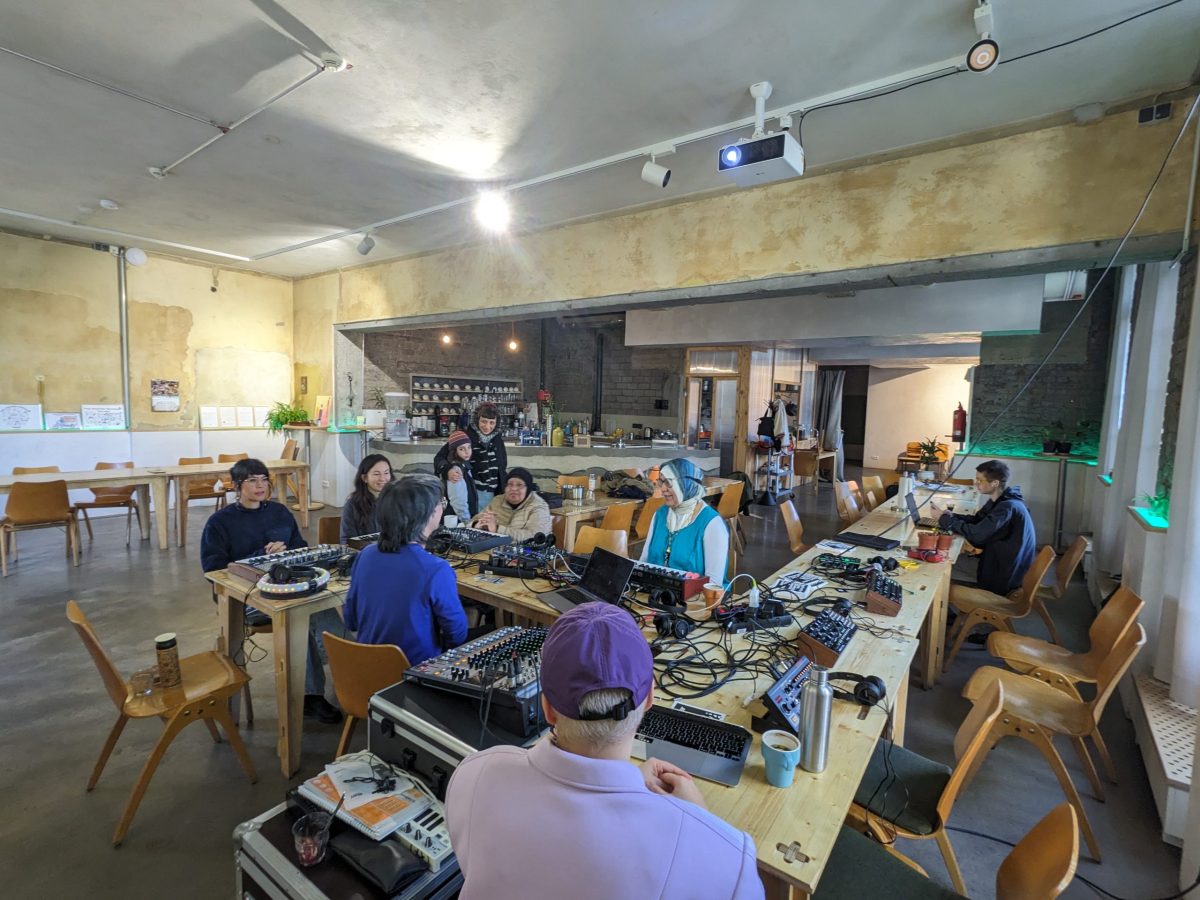
All in all a great venue with excellent hospitality, many thanks @vitejoksch for hosting us :>))
